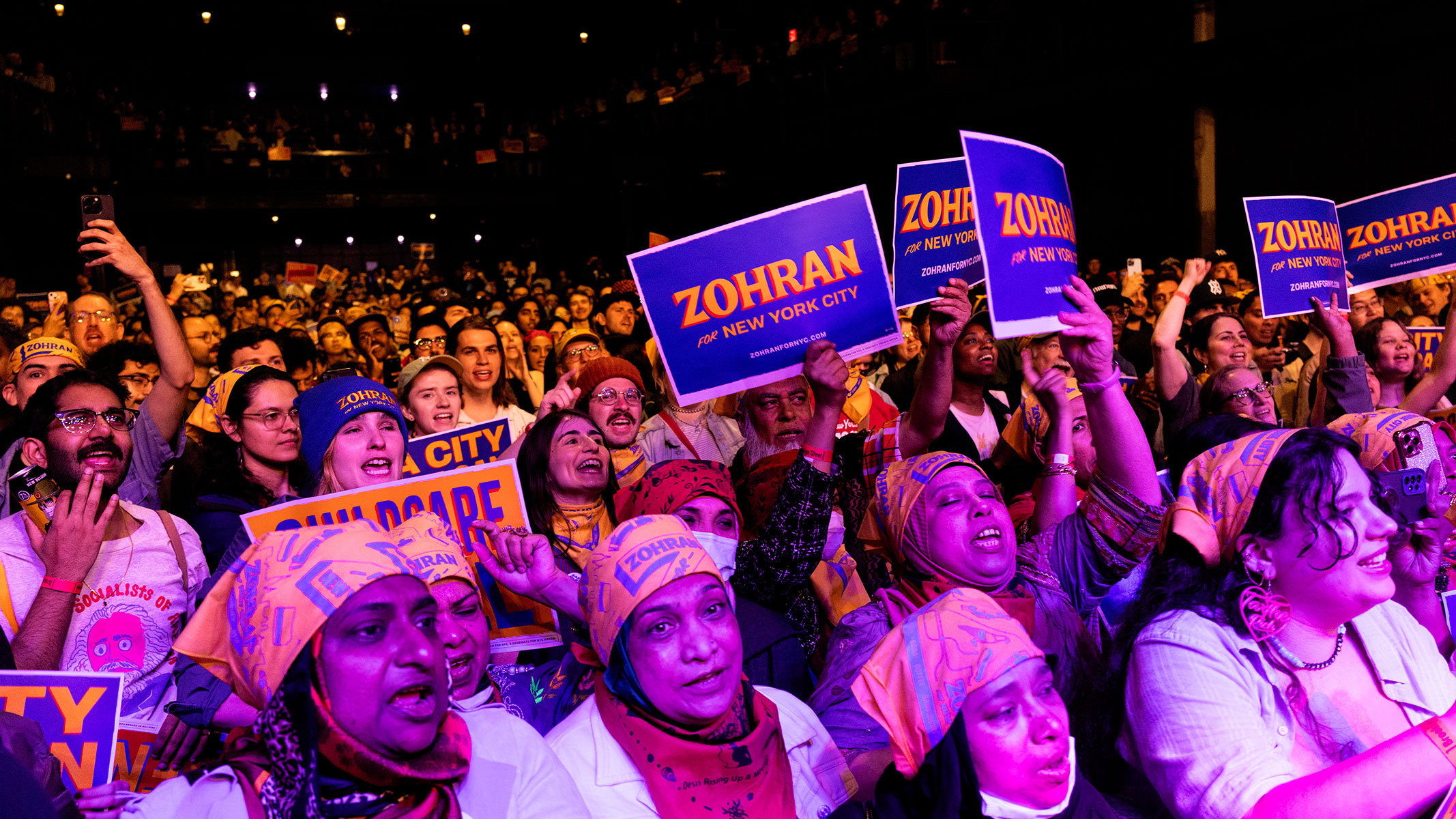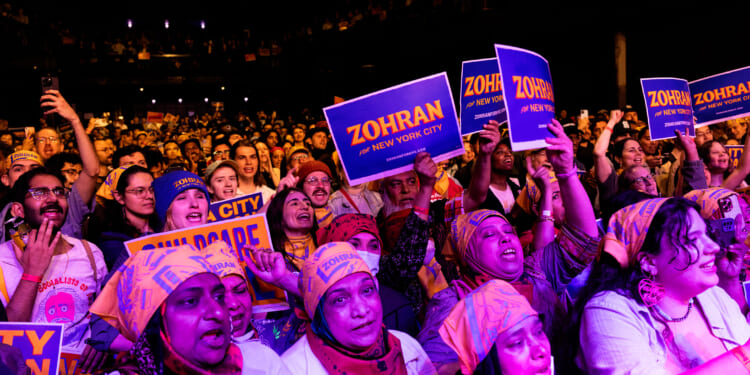
New York City is poised to elect Zohran Mamdani, a self-identified democratic socialist, as its next mayor. Mamdani has run a sophisticated campaign based in part on his intersectional identity as a Muslim immigrant and in part on promises cherished by progressive whites.
Mamdani’s policy proposals are wrapped in slick advertising and catchy slogans, such as “Afford to live, afford to dream.” But his agenda is standard-issue socialism with hard-left cultural politics: free buses, government-controlled housing, platoons of social workers, and millions in funding for child sex-change operations.
Finally, a reason to check your email.
Sign up for our free newsletter today.
Such policies may sound novel and inspiring. But if history is any guide, they will make the city more chaotic, more unstable, more violent, and, for taxpayers, more expensive.
Why, then, have New Yorkers responded so positively? First and foremost, the Left has mastered the art of hatching political stars and dominating deep-blue districts.
Mamdani built his campaign on the infrastructure of the Democratic Socialists of America. The DSA and its city allies can dispatch activists across New York and, with a network of progressive partner organizations, can mobilize young people, get out the vote, and do the work of door-to-door politics.
Mamdani’s innovation has been to harness the movement’s base—white, college-educated, downwardly mobile young people—in combination with the most radical fringes of the city’s Muslim communities. That includes a visit with an unindicted co-conspirator in the World Trade Center bombing meant to appeal to this group.
What will this yield? I can see the rise of New York socialism playing out like a film script.
In the first act, a plucky, young, charismatic candidate beats Gotham’s political machine and rides his newfound stardom to the mayoralty of America’s largest city. In his administration’s early days, he tries to implement his transportation, policing, housing, and cultural policies, notching some initial victories. He also rewards key demographics with patronage, sending millions in taxpayer cash to identity-based NGOs, which become city contractors that deliver vague “social services.”
Then, in the second act, Mamdani encounters the inertia of the political machine and financial realities. His promises—such as freezing the rent, building government-controlled housing, and making buses free—become harder to achieve. To the extent they are implemented, they generate unintended consequences. He finds that rebranding public housing as “social housing,” for example, doesn’t make the program any less disastrous for the city or its housing stock. His attempts to punish landlords, while thrilling to some young leftists, prompt many small property owners to leave the city.
On transportation and policing, he makes similar discoveries. Mamdani makes buses “free”; as a result, New Yorkers see more vagrants, addicts, and psychotics on the buses. It becomes harder for families to navigate the city safely.
He transfers some funds from the NYPD to social workers, which creates a small wave of good will among left-wing voters. But, in the long term, quality-of-life crimes increase, requiring the intervention of police—not social workers with clipboards.
Which brings us to the third act. If the second act concludes with the young mayor’s reckoning with reality—economic limits, unintended consequences, and escalating public hostilities—he may try to mask his failures by stoking resentment. We saw this dynamic many times in the twentieth century: socialists rise to power, their policies degrade the quality of life, and, as they enter the endgame, they tighten their grip on power and offload resentments onto their ideological, racial, and economic enemies.
How will the movie end? I’d love to watch a film about New York City residents coming to see the world differently. But the twentieth century taught us that left-wing voters have extraordinary defenses against reality.
Photo by Andrew Lichtenstein/Corbis via Getty Images
City Journal is a publication of the Manhattan Institute for Policy Research (MI), a leading free-market think tank. Are you interested in supporting the magazine? As a 501(c)(3) nonprofit, donations in support of MI and City Journal are fully tax-deductible as provided by law (EIN #13-2912529).
Source link


















